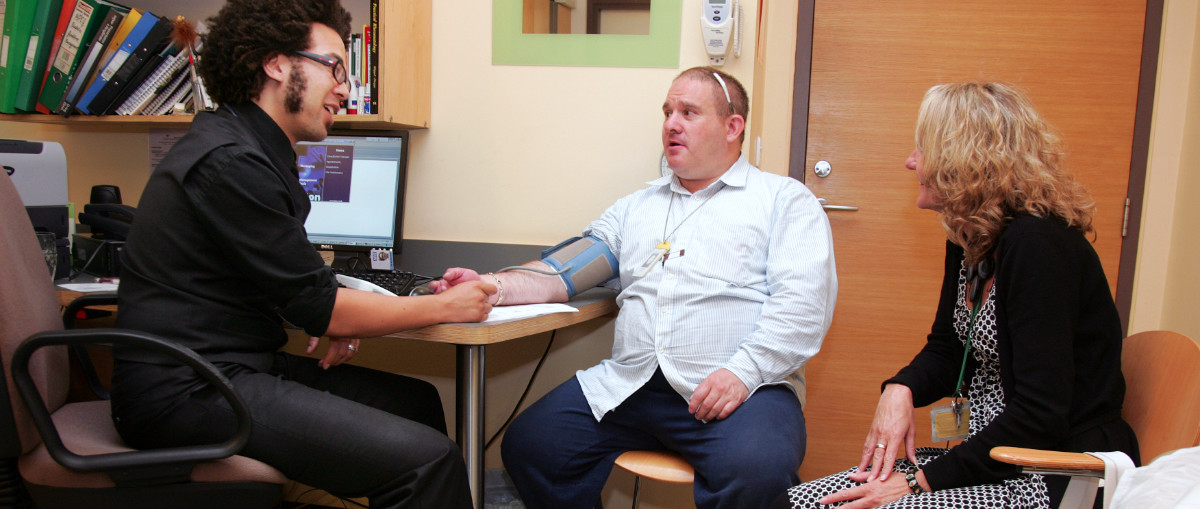
Everyone is expected to complete the training module so that they fully understand the roles and responsibilities of acting as a chaperone. Any one working at a Treatment Centre could be required to be a chaperone, although it is more common for Hosts and Drivers.
- A patient can ask for a chaperone for ANY procedure if they wish.
- A patient must always be offered a chaperone for an intimate examination.
- The chaperone policy is available on Radar – it can be printed off for any patient who wishes to see it. More detail is provided in the Host and Drivers handbooks.
- The full name of the chaperone must be entered into the notes.
- The chaperone must always be introduced to the patient by name – either by themselves or by the clinician.
- The chaperone must be able to see the examination, and must be prepared to report any concerns to the shift manager.
If a patient requires or requests a chaperone, but if there is not some-one of the appropriate gender available (as may happen at some of the smaller bases during weekday evenings), this should be explained to the patient and the appointment re-booked or re-scheduled if clinically appropriate to do so. The shift manager may also be able to redeploy resources from a car or another base to provide a chaperone.